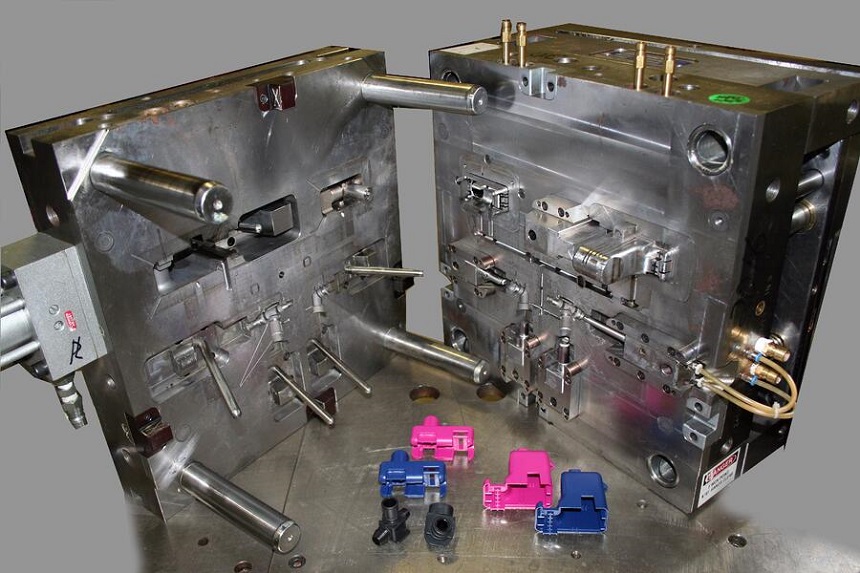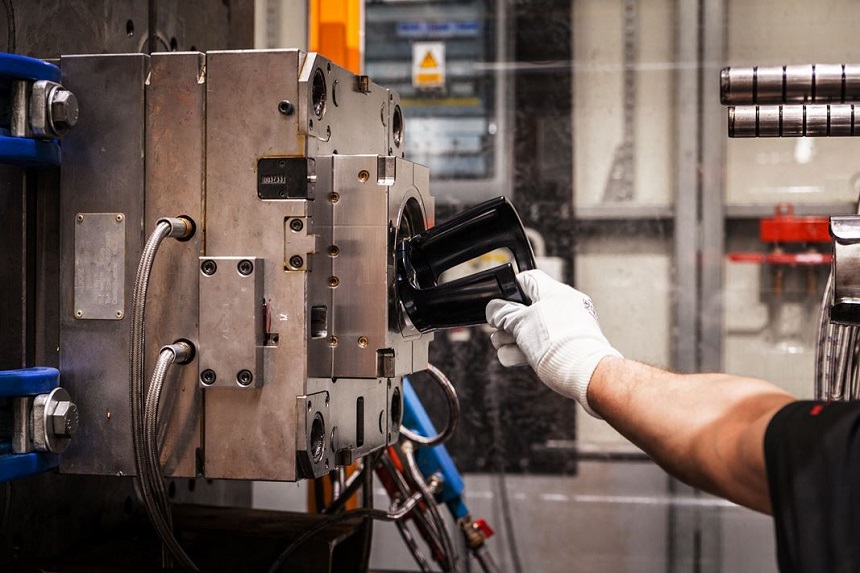Design Considerations for Plastic Injection Molds: A Comprehensive Guide

Plastic injection molding is a widely used manufacturing technique that involves injecting molten plastic into an injection mold to create a desired shape. The quality and functionality of the plastic parts produced by this process are heavily influenced by the design of the mold used.
In this comprehensive guide, we’ll explore the important design considerations for plastic injection molds, including material selection, part geometry, gate design, and more.
1. Material Selection
The material used for the injection mold must be able to withstand the high pressures and temperatures involved in the plastic injection molding process. Steel alloys such as P20, H13, and S7 are commonly used due to their high strength and durability. Additionally, the mold material must be able to withstand wear and tear from repeated use.
2. Part Geometry
The part geometry is an important factor in the design of a plastic injection mold. The mold must be designed to accommodate the desired shape and size of the plastic part, including any undercuts or internal features. In some cases, multiple molds may be required to create the final product.
3. Gate Design
The gate is the point where the molten plastic enters the mold. The gate design must be carefully considered to ensure that it allows for proper filling of the mold cavity, while also minimizing any defects or excess flash. The gate location and size can also affect the cooling time and final part quality.

4. Cooling System
The cooling system is an essential part of the plastic injection mold design. It is responsible for ensuring that the plastic part cools and solidifies properly, while also minimizing any warping or distortion. The cooling system must be designed to provide even cooling throughout the mold and should be optimized for the specific material used.
5. Ejection System
The ejection system is responsible for removing the plastic part from the mold once it has cooled and solidified. The design of the ejection system must ensure that the part is ejected smoothly and without damage. This may involve the use of ejector pins, air ejection, or other mechanisms.
6. Mold Maintenance
Regular maintenance of the plastic injection mold is essential to ensure that it performs optimally and produces high-quality parts. This may involve cleaning the mold, lubricating moving parts, and inspecting for any signs of wear or damage.
Conclusion
In summary, the design of a plastic injection mold is a critical factor in the quality and functionality of the plastic parts produced. Material selection, part geometry, gate design, cooling system, ejection system, and mold maintenance are all important considerations that must be carefully considered. At PTMS, we specialize in plastic injection molding and can help you navigate the design considerations of this popular manufacturing technique. Contact us today to learn more.
